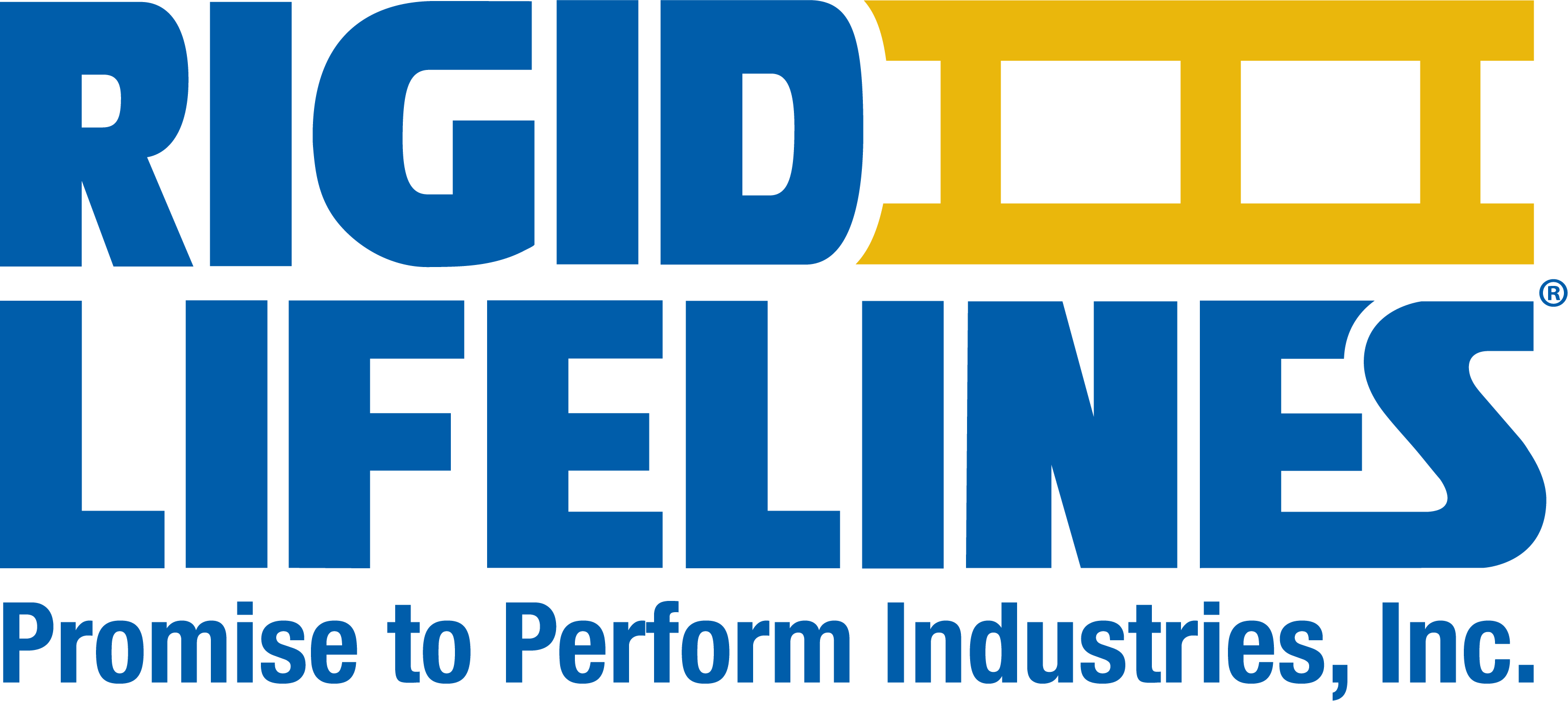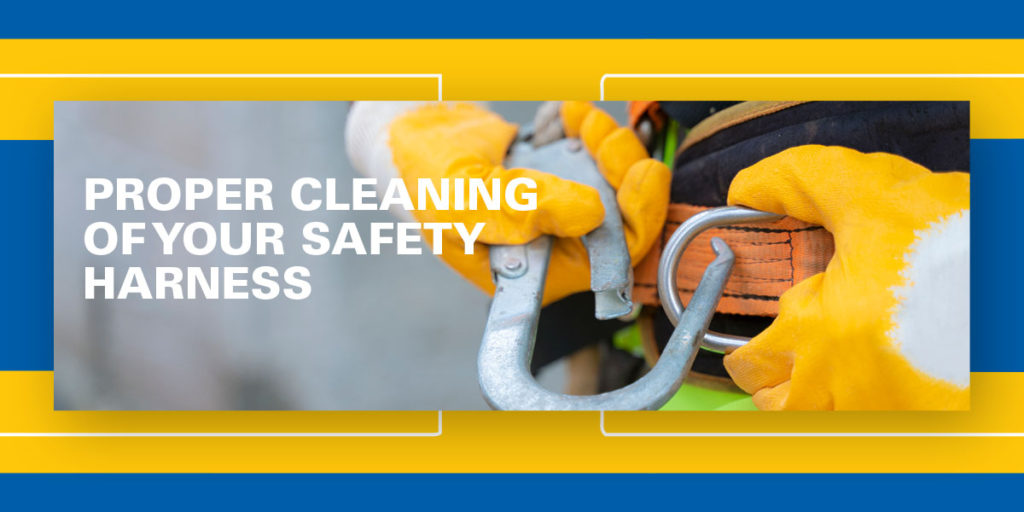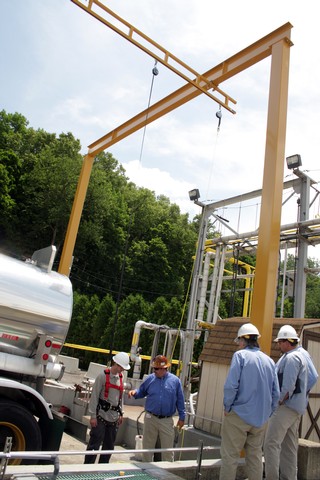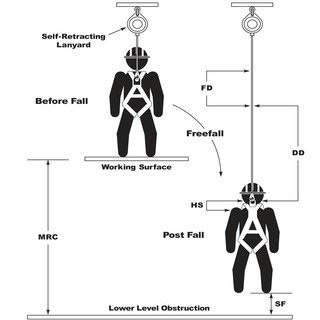Posts by developer
Fall Arrest Systems: Rope Grabs vs. Self-Retracting Lifelines
Choosing the most appropriate fall arrest system can be a challenge. Both “rope grab” and “self-retracting lanyard” (or lifeline) (SRL) systems comply with OSHA requirements and can stop a fall in progress. Here, we’ll take a brief look at each and weigh their respective advantages and limitations. For accuracy and simplicity, we’ll use the OSHA…
Read MoreProper Cleaning of Your Safety Harness
This blog was originally posted on 4/9/2012 and updated on 4/17/2024. Inspection and maintenance of fall protection equipment is essential. As we’ve discussed here previously, a worker’s A worker’s full-body harness is an integral element of fall protection systems. Harnesses enable workers in numerous industries to perform tasks at high heights more safely and comfortably.…
Read MoreFall Protection For Lift Trucks and Elevated Platforms
Fall protection standards were the second most commonly cited OSHA standards noted by inspectors of industrial and construction sites in 2011. Those fines also came with the highest financial penalty of all OSHA standards (Source: http://www.coxcolvin.com/OSHA_Violations_2011.php). The high frequency of fall protection standards violations could be linked to the fact that many employers still have…
Read MoreHow Do You Manage the Inspection of Your Fall Protection Equipment
No fall protection program is complete without a practical system for tracking the inspection, maintenance, retirement, and replacement of fall protection equipment. Because fall protection gear provides a life-saving function and is subject to the stresses and fatigue of use, it must be inspected regularly. The way in which you track these inspections is equally…
Read MoreThe Top 5 Industries Where Most Falls Occur
Detailed data on falls in the workplace are maintained and analyzed by several organizations, including the Bureau of Labor Statistics (BLS), the Occupational Safety and Health Administration (OSHA), and the National Institute of Occupational Safety and Health (NIOSH). Because there are so many ways to group and analyze workplace injuries and data, determining which industries…
Read MoreState OSHA Programs, Establishment and Advantages
Almost everyone has heard of the Occupational Safety and Health Act (OSHA) of 1970, but what you may not know is that Section 18 of the Act encourages states to develop their own programs to promote safety in the workplace. State plans must be approved and monitored by OSHA at the federal level, and the…
Read MoreI Want The Letters CSP Behind My Name
Achieving a standard of expertise in a profession often means meeting the rigorous standards of certification by an independent board. Just as the Certified Nurse Assistant (CNA) or Certified Public Accountant (CPA) can earn such a designation, so can professionals in the field of safety. The Certified Safety Professional (CSP) must meet the educational and…
Read MoreWhat is ANSI, and How Does it Affect Fall Protection?
The American National Standards Institute, or ANSI, is an independent, non-profit agency that oversees the development of voluntary consensus standards for various industries. The agency works to ensure consistency and safety, as well as to assure worldwide acceptance of common standards, applicability, and terminology. ANSI also accredits standards developed by certifying agencies, private industry, government…
Read MoreThree Types of Workplace Falls
This blog was originally posted on 10/31/11 and reviewed on 3/9/21. When looking to identify and address fall hazards in any working environment, it is important to understand the different types of falls that a worker may face while performing their daily tasks. Falls can be categorized into three types: falls on a single level,…
Read MoreCreating a Fall Rescue Plan That Works
If you asked a safety manager to describe a fall incident success story, they would probably describe a fall protection system that arrested a free fall and did so without injuring the user. What many people don’t realize is that the arrested free fall is only half the story. What happens after a fall has…
Read MoreWhat is the Difference Between Passive and Active Fall Protection
When a fall hazard has been identified in the workplace, the need for fall protection has been established. But having a fall protection system does not necessarily mean that it’s time to call your local safety supplier to buy harnesses and lanyards. When the need for fall protection has been established, there are two distinct…
Read MoreSafety in Numbers, Calculating Fall Clearance – Part 1
Maximizing safety and minimizing injury are the goals of any fall arrest system. But how do you know how much clearance is required for a system to be effective? Unfortunately there is not a concise answer to this question. Calculating fall clearance in order to choose the proper fall protection system for any application is…
Read More



